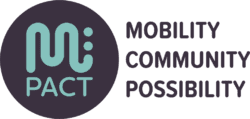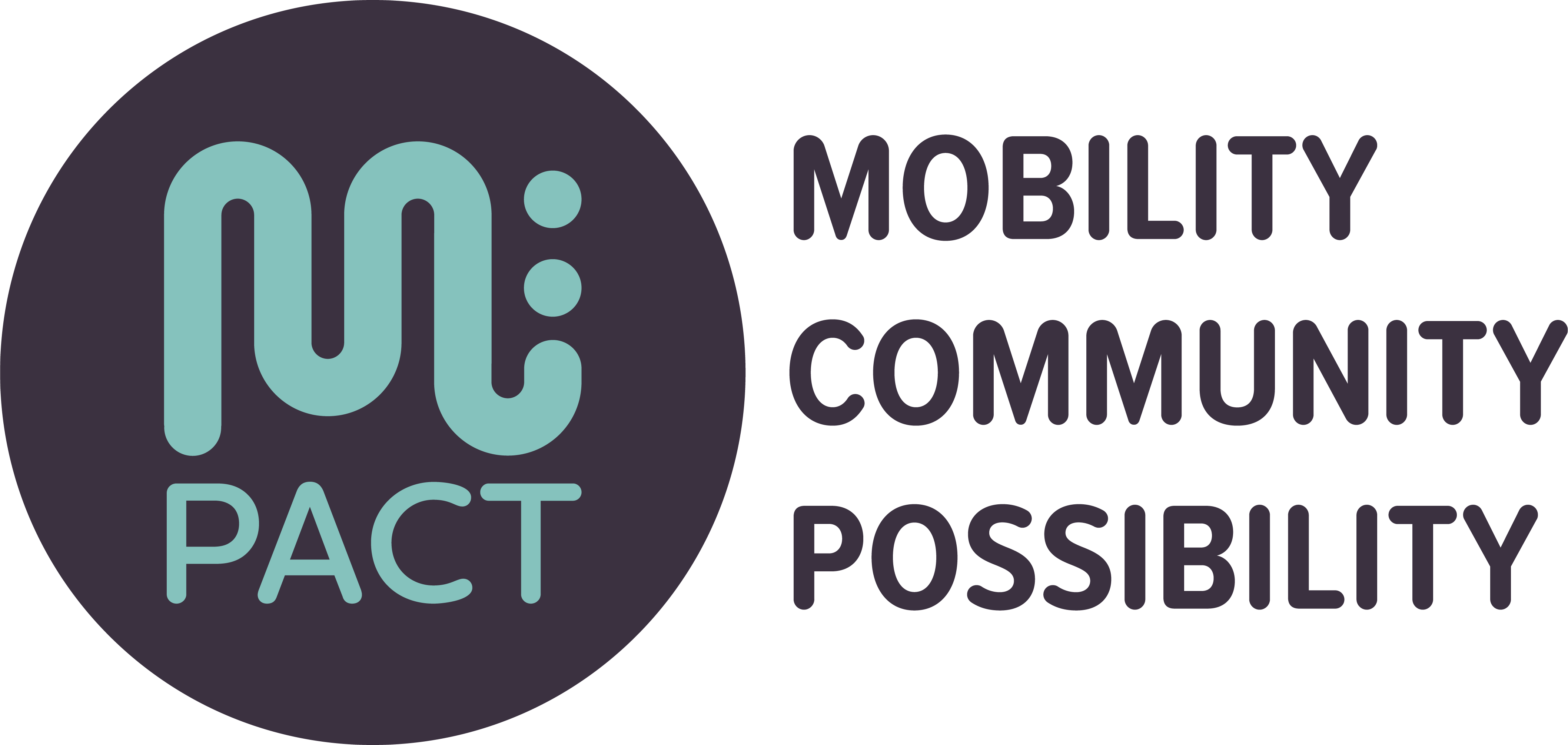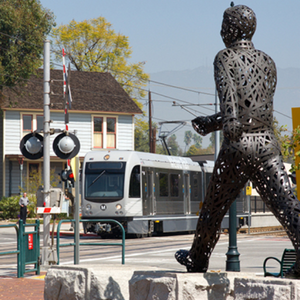Topics:
Tags: affordable housing, Equity, Innovation, podcast, Ridership, TOD
Originally published on railvolution.org. Rail~Volution is now Mpact: Mobility, Community, Possibility.
On this episode of the Rail~Volution podcast, we’re joined by Phil Washington, CEO of LA Metro, the transportation agency for one of the country’s largest, most populous counties. The agency’s scope is big. It serves as transportation planner and coordinator, designer, builder and operator.
We’re “not your grandfather’s transportation agency,” Washington says.
“I’m most excited about our ability to transform communities through transportation infrastructure improvements. . . . The key is to make sure that we bring along the community and those who might not have a stake in this.”

Soon after he arrived in 2015, Washington created the Office of Extraordinary Innovation. He recently guided approval of the agency’s Equity Framework, adopted by the board in March, 2018. He’s also overseeing the buildout of new infrastructure approved by ballot measures.
What’s his vision for today’s transportation agency? Listen to the podcast.

During the conversation, Washington describes how Measure M was developed, policy steps the LA Metro board has taken to support affordable housing, ridership declines and steps they are taking in response, and a new, equity-driven first/last mile plan for station access along Metro’s busiest LRT line. He also shares the story behind the Office of Extraordinary Innovation (Extraordinary is very important) and the way Metro is working with the private sector.
Quotes from the podcast:
Role of the transit agency
“Several years ago, the traditionalists would corner me and say, ‘Stick with the T in TOD – Transit. We don’t need to be in that other business.’
There is a clash between the traditional transit mind set and the progressive transit mind set. And I put myself in the progress pack of people. This progressive mind set says that we need to understand and care about affordable housing. We need to develop the concept that we have done in LA of transit-oriented communities. We need to think about the T, O and C of Transit Oriented Communities. We need to care about affordable housing and the displacement and gentrification that occurs near our transit stations.”
Future of transportation
“There will always be a need to move large numbers of people in high capacity vehicles – trains and large buses. The future is still bright for transit.
I believe we will be in good shape if we do a number of things
- enhance the customer experience
- be reliable
- be clean
- be efficient
- increase our speeds, especially on the bus system
- improve security. There is a tremendous homeless problem on our rails.
We have to do some things, but the future is good if we do.”
The LA example and other parts of the country
“I think we can do this on any scale. It’s not limited to LA. When it comes to infrastructure, we can share lessons all over the country. Now, we know that Los Angeles is larger than any county in America. People will say we are a car-centric place. That’s true. But there are a lot of things we’re doing that are relevant to other parts of the country.”
- Equity platform – “Every time we do something, if we build new infrastructure, if we plan a new bus line, we must be looking through a lens called equity. That lens needs to take into account disadvantaged communities, college students, seniors. We need to make sure that we are building a system, as friends of mine used to say, for ages 8 and 80. There is walkability and equity in the infrastructure that we are building.”
- Innovation – “We must provide a vehicle for the private sector to come to us with their ideas. We have to be less prescriptive than we have been. The public sector has been overly prescriptive. We tell them everything … even how tight the screw needs to be. In many cases there’s no room for innovation. We have to make sure we allow that. We have to make sure that our procurement divisions allow for innovation and our project managers allow for innovation. And finally we have to make sure, when we talk about building new infrastructure, that the private sector has to work with the public entity.”
Links to items mentioned in the podcast
SCAG & UCLA Ridership Report
Joint Development 35% Goal for Affordable Housing
http://media.metro.net/projects_studies/joint_development/images/factsheet_jointdevelopment_2016.pdf
Blue Line First/Last Mile Plan
Equity Platform


